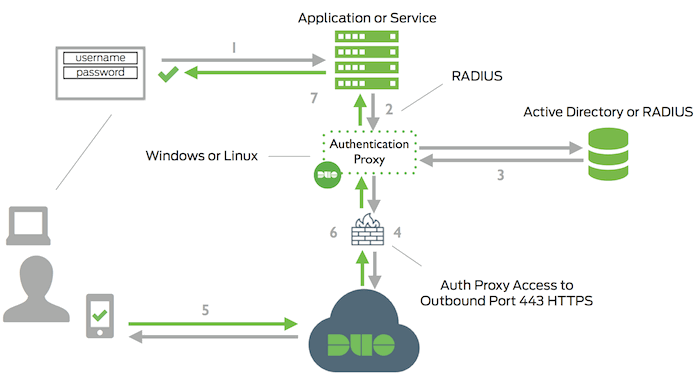

With Microsoft Active Directory being the legacy identity provider (IdP) at the center of most enterprises, you’d think that MFA would come standard with all AD packages. What You Need to Know About MFA and Active Directory This is because, at its core, MFA is all about making sure that when a user is logging in to a resource, that resource knows who’s asking for permission to enter and they are who they say they are.

While it’s often cited in reference to web apps, multi-factor authentication (MFA) can secure VPNs, workstations, servers, on-prem applications - anything that needs that extra layer of protection – which these days should be just about every IT resource.

In fact, MFA (or two-factor authentication as it is often referred to) may be the most critical security tool in today’s remote work, cloud-based environment. Given an admin’s responsibilities when it comes to securing user identities, multi-factor authentication (MFA) is no longer really an option, but a necessity. Identity and data theft in the world of IT and business is a threat that grows more every day. Learn How to Add MFA in Active Directory.How Do You Add MFA to Active Directory Without Azure or M365?.Is MFA Included in Azure or Office 365 Accounts and Subscriptions?.What You Need to Know About Active Directory and MFA.


 0 kommentar(er)
0 kommentar(er)
